#North AND South America
Text
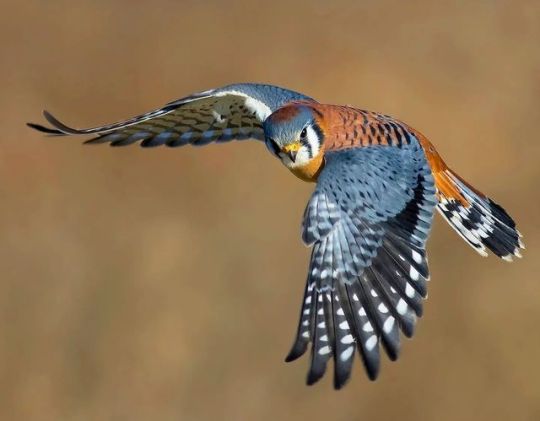
American Kestrel (Falco sparverius), male, family Falconidae, found over a great deal of North America and South America
https://instagram.com/david_hemmings_photo_tours
5K notes
·
View notes
Text

cemetery angel, December 2023
#photography#35mm#north carolina#asheville#appalachia#the south#usa#cemetery#my photography#regional gothic#gothic#american gothic#rural america#americana#angels
3K notes
·
View notes
Text
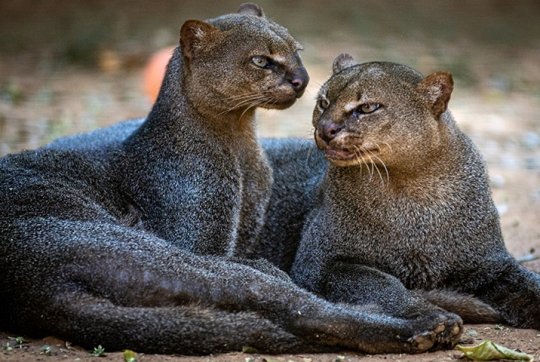
Jaguarundis (Herpailurus yagouaroundi), family Felidae, found widely across the Americas, from far South TX and SE Arizona, through Mexico, Central America, and much of South America
This cat is very secretive and elusive, and rarely seen.
While working in Ecuador, with the Quichua people, I was told that they use magical portals at the base of Kapok trees to travel from one tree to another... or to the other side.
photograph by @lucas.18photos
#jaguarundi#cats#herpailurus#felidae#felinae#mammal#north america#animals#nature#central america#south america#mexico
2K notes
·
View notes
Text
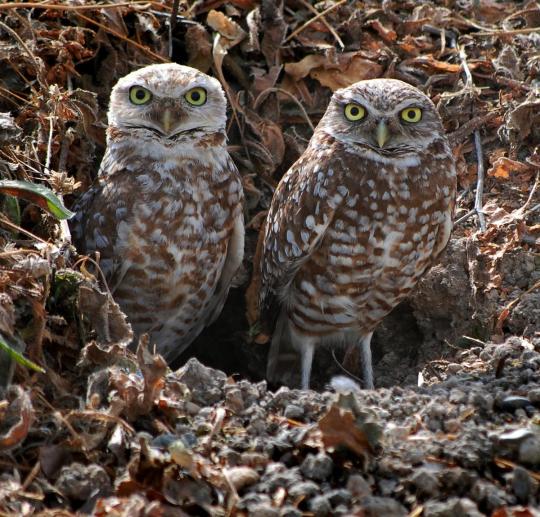
BURROWING OWLS
also called "shoco"
North and south America
Found in grasslands, rangelands, agricultural lands, and deserts
Roost and nest in burrows
Unlike most owls, burrowing owls are active during the day
Good hearing and vision
Longer legs for running ... Wikipedia
0 notes
Photo




The September 2013 issue of National Geographic Magazine published these maps showing the world as it is now, but with all the ice on land melted and drained into the sea, raising it 216 feet and creating new shorelines for our continents and inland seas.
by NatGeoMaps
643 notes
·
View notes
Text


Church in Eden, North Carolina. K.A. LuxHill336
#photographers on tumblr#regional gothic#artists on tumblr#southern gothic#photography#gothic#north carolina#country#film photography#rural america#americana#american gothic#dreamcore#nostalgiacore#religious imagery#religion#luxhill336#luxhill#naturecore#dirty south#church#religiouscore#dirtcore#weirdcore#trailer trash#pastel#coquette#midwestern gothic#35mm film#girls who shoot film
4K notes
·
View notes
Text
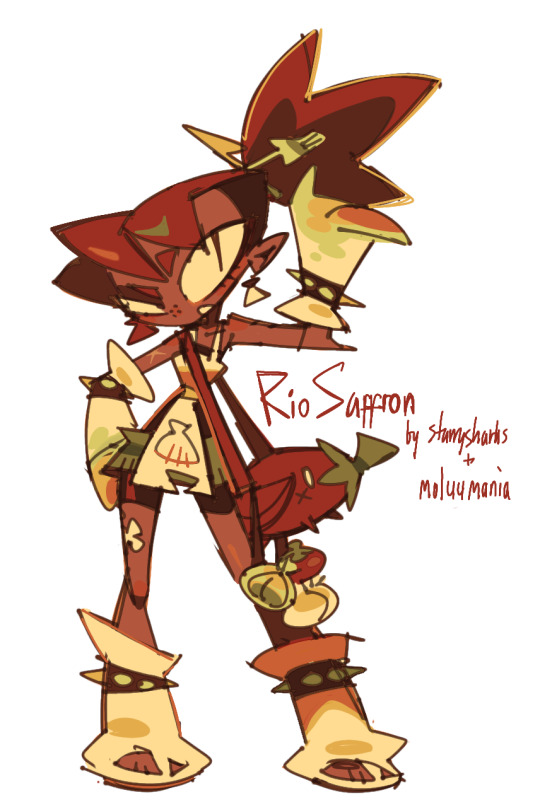
early design for my sister and i's comic project "bites n' bribes" - a comedy about a group of gangsters starting a restaurant as a money laundering front
#zeno's art#ocs#bites n bribes#rio saffron#its in VERY VERY EARLY DEV RIGHT NOW BTW!!!! this is literally the only design we have#anyway this girl isnt really a gangster - shes a teen girl hired by them as shes the only one who knows how to cook#(she isnt aware they're gangsters tho)#the story takes place in a mix of south + north america + london in the 1920s-30s#i'll probably post more designs as they develop#feel free to ask questions about the project and i'll let my sis answer them for you!
204 notes
·
View notes
Text
HAPPY BIRTHDAY TO MY FAVS!!!!!!!


typed up a passage so diabolical originally i had to stop and reflect. sorry guys, im a changed person now and am normal about hetalia romano.
#hetalia#aph italy#aph romano#aph north italy#aph south italy#aph germany#aph america#romerica#gerita#crumbs of it tho sorry yall
188 notes
·
View notes
Text
Scream Nugget
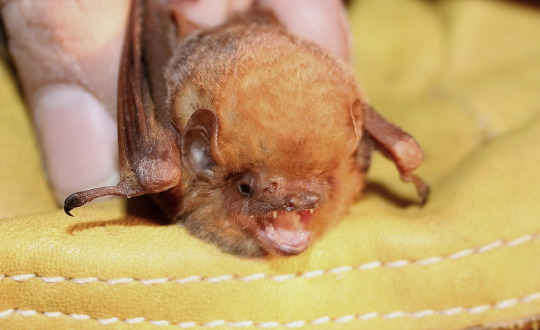
#Western Red bat#bats of North America#bats of Central America#bats of South America#Bat of the day#daily bat#bat#bats#batposting#cute bats#cute animals#You love to see them#Scream nugget#Hold gently
496 notes
·
View notes
Text


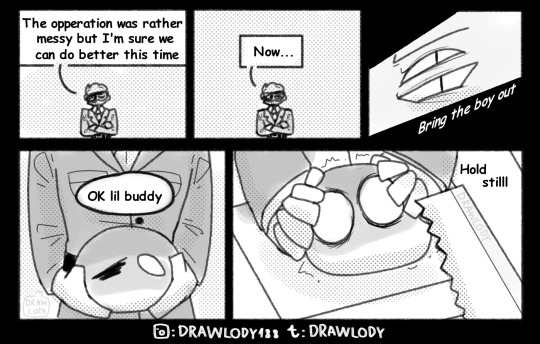

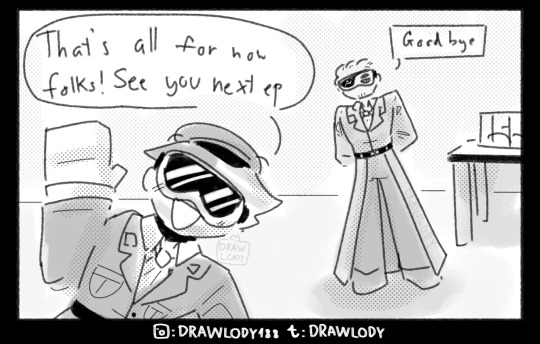


#you can see i change style midway lmao#like i realized if i dont try connect every lines its much faster#art#artists on tumblr#countryhumans#comic#digital drawing#countryhumans ussr#countryhumans soviet union#countryhumans america#countryhumans usa#countryhumans vietnam#countryhumans south vietnam#digital art#countryhumans south korea#shitpost#countryhumans north korea#countryhumans germany#countryhumans east germany#countryhumans west germany
316 notes
·
View notes
Text


Nanday Parakeet (Aratinga nenday), family Psittacidae, Psittaciformes, Sarasota, FL, USA
This species is actually native to South America, but has been introduced into Florida.
photograph by Joseph Placheril
#parakeet#parrot#aratinga#psittacidae#psittaciformes#bird#ornithology#animals#nature#north america#south america
598 notes
·
View notes
Text

Old, abandoned gas station in North Carolina by Carol M. Highsmith
#Carol M. Highsmith#photography#north carolina#the south#abandoned#abandoned places#usa#americana#small town america#american gothic#vintage
722 notes
·
View notes
Text
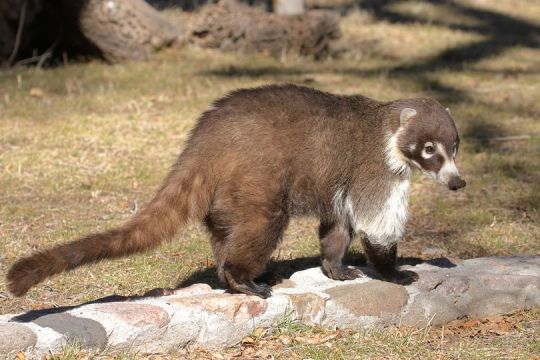
White-nosed Coati (Nasua narica), family Procyonidae, found in the far SW United States, far South TX, Mexico, Central America, and far NW South America
photograph by Steve Wolfe
676 notes
·
View notes
Photo
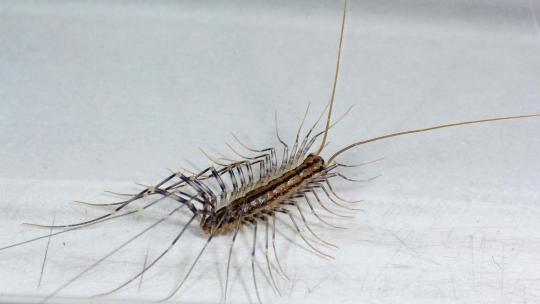
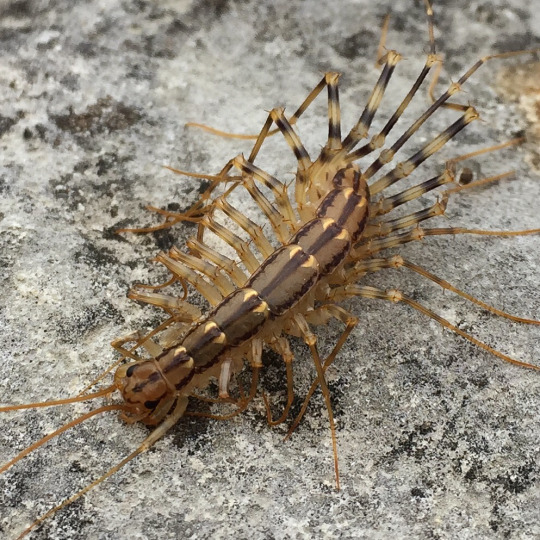
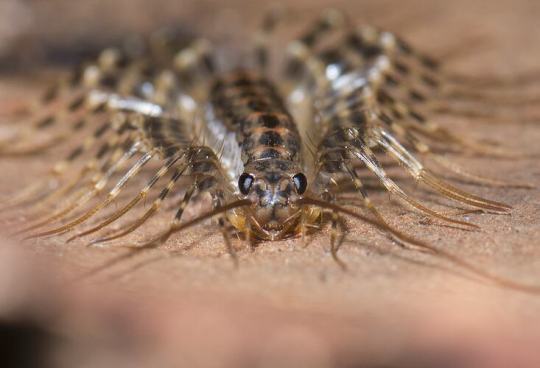
Open Your Home to the Common House Centipede
A common sight in homes throughout Europe, Asia, the Americas, and Australia the common house centipede (Scutigera coleoptrata) is a medium-sized species of centipede originally from the Mediterranean. In the wild, they prefer grasslands and deciduous forests where they can hide under rocks, logs, or leaf litter. These insects have also adapted well to urban development, and are frequently found in basements, bathrooms, and garages, as well as gardens and compost piles.
Like other centipedes, the common house centipede has less than 100 legs; in fact, they only have 15 pairs, with the front pair used only for holding prey or fending off threats. All those legs let the common house centipede move up to 0.4 meters per second (1.3 ft/s) over a variety of surfaces, including walls and ceilings. The actual body of S. coleoptrata is only 25 to 35 mm (1.0 to 1.4 in) long, but the antennae are often as long as the body which can give this insect a much larger appearance. However, they can be hard to spot, especially in their natural environments; their tan and dark brown coloration allows them to blend in seamlessly to surrounding vegetation.
Though they pose little threat to humans, house centipedes are predatory. Their primary food source is other arthropods, including cockroaches, silverfish, bed bugs, ticks, ants, and insect larvae. S. coleoptrata is a nocturnal hunter, and uses its long antennae to track scents and tactile information. Their compound eyes, unusual for centipede species, can distinguish daylight and ultraviolet light but is generally used as a secondary sensory organ. When they do find prey, house centipedes inject a venom which can be lethal in smaller organisms, but is largely harmless to larger animals. This makes them important pest controllers. In the wild, house centipedes are the common prey of rodents, amphibians, birds, and other insects.
The mating season for S. coleoptrata begins in the spring, when males and females release pheromones that they can use to find each other. Once located, the male spins a silk pad in which he places his sperm for the female to collect. She then lays fertilized eggs in warm, moist soil in clutches of 60-150. These eggs incubate for about a month, and the young emerge with only four pairs of legs. Over the next three years, juvenile house centipedes molt 7 times, each time gaining new pairs of legs. After they grow their last pair of legs, immature house centipedes molt an additional 3 times, at which time they become sexually mature. If they can avoid predation, individuals can live up to 7 years in the wild.
Conservation status: The common house centipede has not been evaluated by the IUCN, as it is relatively common both in the wild and in urban areas. Although they have been introduced to areas outside their native range, no detrimental environmental effects have been associated with their spread.
If you like what I do, consider leaving a tip or buying me a ko-fi!
Photos
Joseph Berger
David Paul
Conrad Altman via iNaturalist
#common house centipede#Scutigeromorpha#Scutigeridae#centipedes#myriapoda#myriapods#insects#arthropods#deciduous forests#deciduous forest arthropods#grasslands#grassland arthropods#urban fauna#urban arthropods#europe#north america#south america#asia#australia#oceania#animal facts#zoology#biology
621 notes
·
View notes
Text

They all came serving looks
#paperuniverse post#hetalia#hws official art#valentines#hws china#hws prussia#hws germany#hws france#hws america#hws england#hws north italy#hws japan#hws russia#hws spain#hws south italy
216 notes
·
View notes
Text
Rufiphonia Vázquez-López & Hernández-Baños, 2024 (new genus)

(A male individual of Rufiphonia rufiventris, photographed by Hector Bottai, under CC BY-SA 4.0)
Meaning of name: Not explained by authors, but presumably Rufiphonia = rufous [in Latin] Euphonia [genus of finches including the white-vented euphonia]
Species included: R. rufiventris (rufous-bellied euphonia, type species, previously in Euphonia), R. anneae (tawny-capped euphonia, previously in Euphonia), R. cayennensis (golden-sided euphonia, previously in Euphonia), R. fulvicrissa (fulvous-vented euphonia, previously in Euphonia), R. gouldi (olive-backed euphonia, previously in Euphonia), R. imitans (spot-crowned euphonia, previously in Euphonia), R. mesochrysa (bronze-green euphonia, previously in Euphonia), R. pectoralis (chestnut-bellied euphonia, previously in Euphonia), and R. xanthogaster (orange-bellied euphonia, previously in Euphonia)
Age: Holocene (Meghalayan), extant
Where found: Humid forests in Central and South America
Notes: Rufiphonia is a genus of euphonias, a group of finches from the tropical Americas in which the males tend to be brightly colored. Unlike most other finches, euphonias feed primarily on fruits instead of seeds, and accordingly they generally have less robust beaks than typical finches.
Currently, only two euphonia genera are recognized, Chlorophonia and Euphonia, each containing a large number of species. However, a new study on the evolutionary history of this group suggests splitting Chlorophonia into two distinct genera and Euphonia into three based on their phylogenetic relationships and anatomical differences. For species traditionally classified in Euphonia, the authors propose limiting Euphonia proper to a group of closely related euphonias in which males tend to have a dark blue throat and yellow belly, resurrecting the old name Phonasca for a second group in which males tend to have a yellow throat, and coining the new name Rufiphonia for a third in which both males and females can have rufous patches on the belly, head, or underside of the tail.
Reference: Vázquez-López, M., S.M. Ramírez-Barrera, A.K. Terrones-Ramírez, S.M. Robles-Bello, A. Nieto-Montes de Oca, K. Ruegg, and B.E. Hernández-Baños. 2024. Biogeographic factors contributing to the diversification of Euphoniinae (Aves, Passeriformes, Fringillidae): a phylogenetic and ancestral areas analysis. ZooKeys 1188: 169–195. doi: 10.3897/zookeys.1188.107047
178 notes
·
View notes